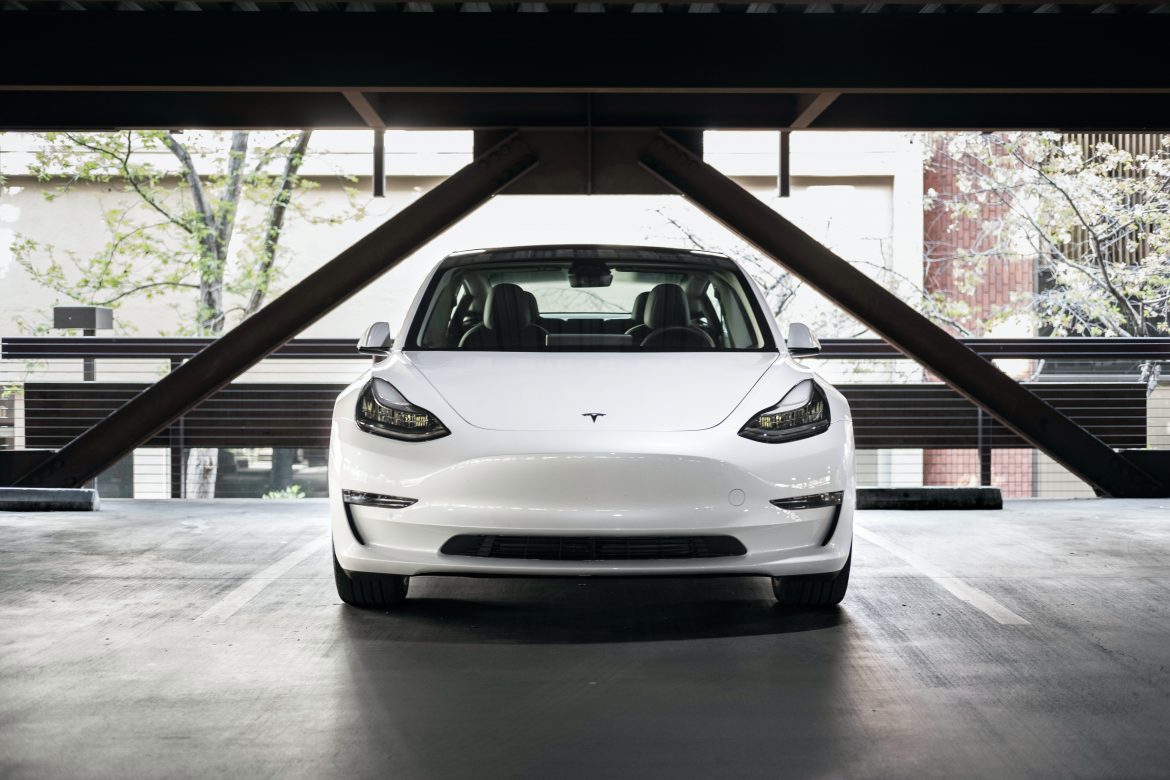The electric vehicle (EV) industry appears to be facing a turbulent phase with layoffs, price cuts, and delayed launches. However, this might not signal the downfall of the sector but rather a period of growing pains. Removing Tesla from the equation reveals significant growth and potential within the industry.
Mixed signals in the market
Recent developments have painted a challenging picture for the EV market. Companies like Tesla, Rivian, and others have announced layoffs. Ford has slashed prices on its F-150 Lightning and Mustang Mach-E models, while Hertz is selling off its EV fleet. Tesla’s deliveries have declined, and Volkswagen has postponed the U.S. launch of its ID7. Despite these issues, it can be argued that the industry is experiencing adolescence rather than a decline.
Impressive growth beyond Tesla
First-quarter sales data from 2024 show a mixed performance. Tesla and GM saw declines, but other automakers reported significant growth. Hyundai’s EV sales rose by 56%, Rivian by 59%, Mercedes by 67%, and Ford and Toyota each by 86%. These figures indicate robust growth and highlight that the EV market is far from stagnant.
One of Tesla’s main issues is its lack of new products. The Cybertruck, though highly anticipated, isn’t a mainstream vehicle, and the Model 3 and Model Y are aging models. GM, meanwhile, ended production of the Bolt before its replacement was ready, and the Blazer EV’s launch was problematic. These setbacks have contributed to the companies’ underperformance.
Industry leaders’ perspectives
Cox Automotive’s head of industry insights, Stephanie Valdez-Streaty, emphasises that demand is still growing, albeit unevenly across brands. She points out that while Tesla and Ford might lack new models, other manufacturers like Hyundai, BMW, Kia, and Cadillac are pushing forward with innovation and growth.
GM CEO Mary Barra is optimistic about the future. She acknowledges that the hype around EVs might have been excessive, but believes the industry’s current state is underestimated. Barra anticipates that GM will produce between 200,000 and 300,000 EVs in 2024, indicating a strong commitment to the EV market despite past challenges.
The scale challenge
Tesla remains the only automaker producing EVs at scale. In the first quarter, Tesla sold nearly 97,000 Model Ys, while the best-selling non-Tesla EVs, such as the Ford Mustang Mach-E, Rivian R1S, and Ford F-150 Lightning, sold significantly fewer units. This disparity underscores the dominance of Tesla in the current market and highlights the challenge other automakers face in achieving similar scale.
Future outlook
Despite Tesla’s dominance, the overall EV market is expected to continue growing. The International Energy Agency predicts that EV sales will more than double by 2025, increasing from 1.1 million to 2.5 million units. This growth trajectory suggests a positive outlook for the industry, driven by increased production capacity and new model introductions from various automakers.
EV analysts advise against overreacting to Tesla’s current issues. They argue that other automakers should focus on producing EVs at mass volume to capture market share and meet the growing demand. Cantor believes that the industry is overreacting to Tesla’s struggles and should instead concentrate on leveraging the opportunities presented by the expanding EV market.
Reasons for optimism
While the EV market’s growth rate may slow compared to last year’s 46%, several media reports project a 20% increase this year. Although lower, this growth rate is still substantial and, if sustained, could lead to nearly all new car sales being EVs within a decade. This scenario highlights the long-term potential of the EV market and suggests that the current challenges are part of a natural evolution.
The EV industry is navigating a complex phase marked by significant challenges and opportunities. While some major players face setbacks, the overall market continues to grow, driven by innovation and increasing consumer demand. The industry’s future looks promising, with substantial growth anticipated in the coming years, making it an exciting time for automakers and consumers alike.



